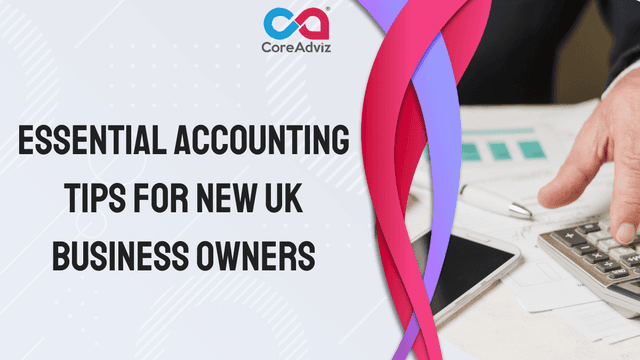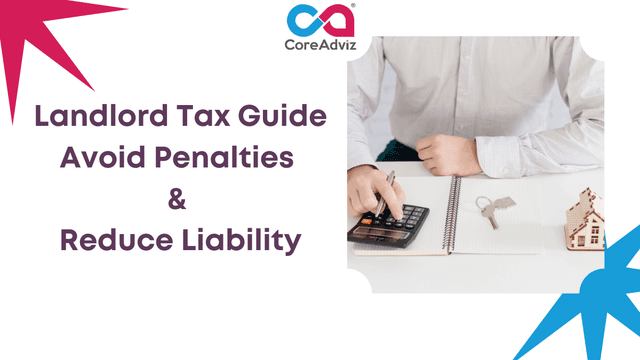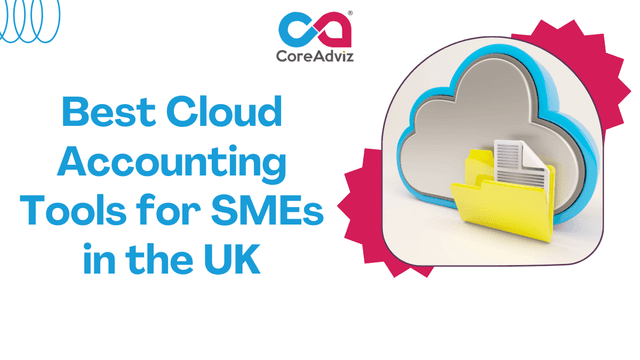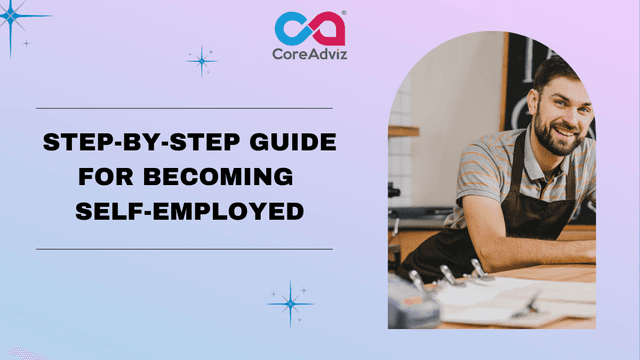
HomeBlog Side Hustle Finances – How to Handle Taxes on Extra Income in the UK
Side Hustle Finances – How to Handle Taxes on Extra Income in the UK
Kausik MukherjeeIncome Tax
In today’s gig economy, many people are turning their passions into profit. Whether you’re selling handmade crafts on Etsy, freelancing online, driving for Uber, or renting out a spare room through Airbnb — side hustles can be a great way to boost your income. But this extra income brings extra responsibility. It brings extra tax burden.
If you’re earning money outside your regular employment in the UK, it’s crucial to understand how HMRC will treat this income and what steps you need to take to stay compliant. To get an overview of side hustle finances and know the technique of handling the challenges, check out this simple guide packed with practical tips.
Do I Need to Tell HMRC About My Side Hustle?
Yes — you need to tell HMRC if you earn more than £1,000 a year from your side hustle.If you earn more than that, even by a small amount, you must:
- Register as self-employed with HMRC
- File a Self Assessment tax return every year
For example, if you earn £1,500 from photography jobs in a year, you’ll have to report it to HMRC and may need to pay tax on the £500 over the allowance (after expenses).
How to Register for Self-Assessment
If you’ve never done a tax return before, you’ll need to follow a few simple steps. First, create a Government Gateway account. Then, register as self-employed on the HMRC website using form CWF1. After that, HMRC will send you a Unique Taxpayer Reference (UTR) number.
How Much Tax Will I Pay on Side Income?
Your side income is added to your main income (like your salary), and taxed according to UK income tax bands.
Total Income Tax Rate
£0 – £12,570 0% (Personal Allowance)
£12,571 – £50,270 20% (Basic Rate)
£50,271 – £125,140 40% (Higher Rate)
Over £125,140 45% (Additional Rate)
You only pay tax on the portion of income that falls into each band — not your whole income.
Do I Need to Pay National Insurance Too?
Yes, you may need to pay National Insurance, depending on how much you earn.
If your profit from self-employment is over £6,725, you’ll pay Class 2 NICs, which is a flat rate of about £3.45 per week.
If your profit goes over £12,570, you’ll also pay Class 4 NICs:
9% on profits between £12,570 and £50,270
2% on profits above £50,270
What Expenses Can I Deduct?
The good news is you can lower your tax bill by claiming business expenses, as long as they’re only for your work.
Some common things you can claim include:
- Tools and equipment
- Office supplies
- Software and subscriptions
- Marketing or website costs
- Travel for business
- A part of your home bills if you work from home
Make sure to keep all receipts and records, because HMRC might ask for proof.
What If I Also Work a Full-Time Job?
If you already have a job and pay tax through PAYE, you still need to tell HMRC about any extra income from a side hustle by filing a Self Assessment. HMRC will look at all your income and work out how much tax you owe.
They might ask you to pay the extra tax through your tax return (due by 31 January after the tax year) or change your tax code so they collect it from your wages in future. This is more likely if you earn side income regularly each year.
Conslusion
Having a side hustle can be exciting, but it’s important to stay on top of your taxes. If you know when to register, keep good records, and plan for what you’ll owe, you can avoid any unexpected problems with HMRC.
And if you’re ever unsure, it’s a good idea to ask an accountant or tax adviser — it can save you time and stress.




